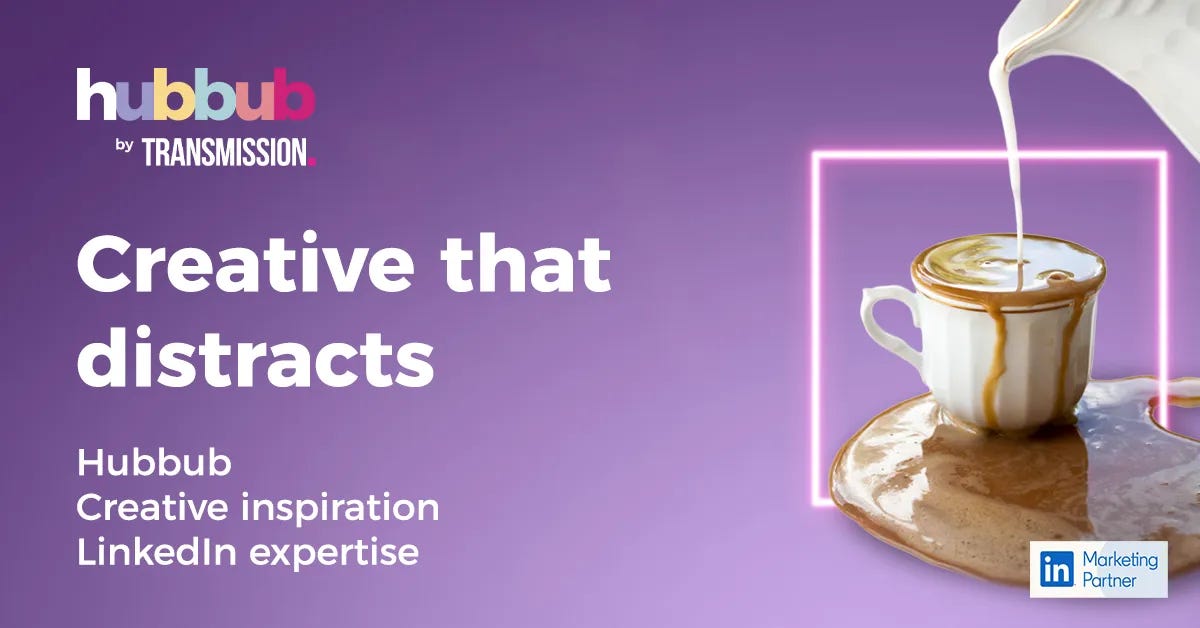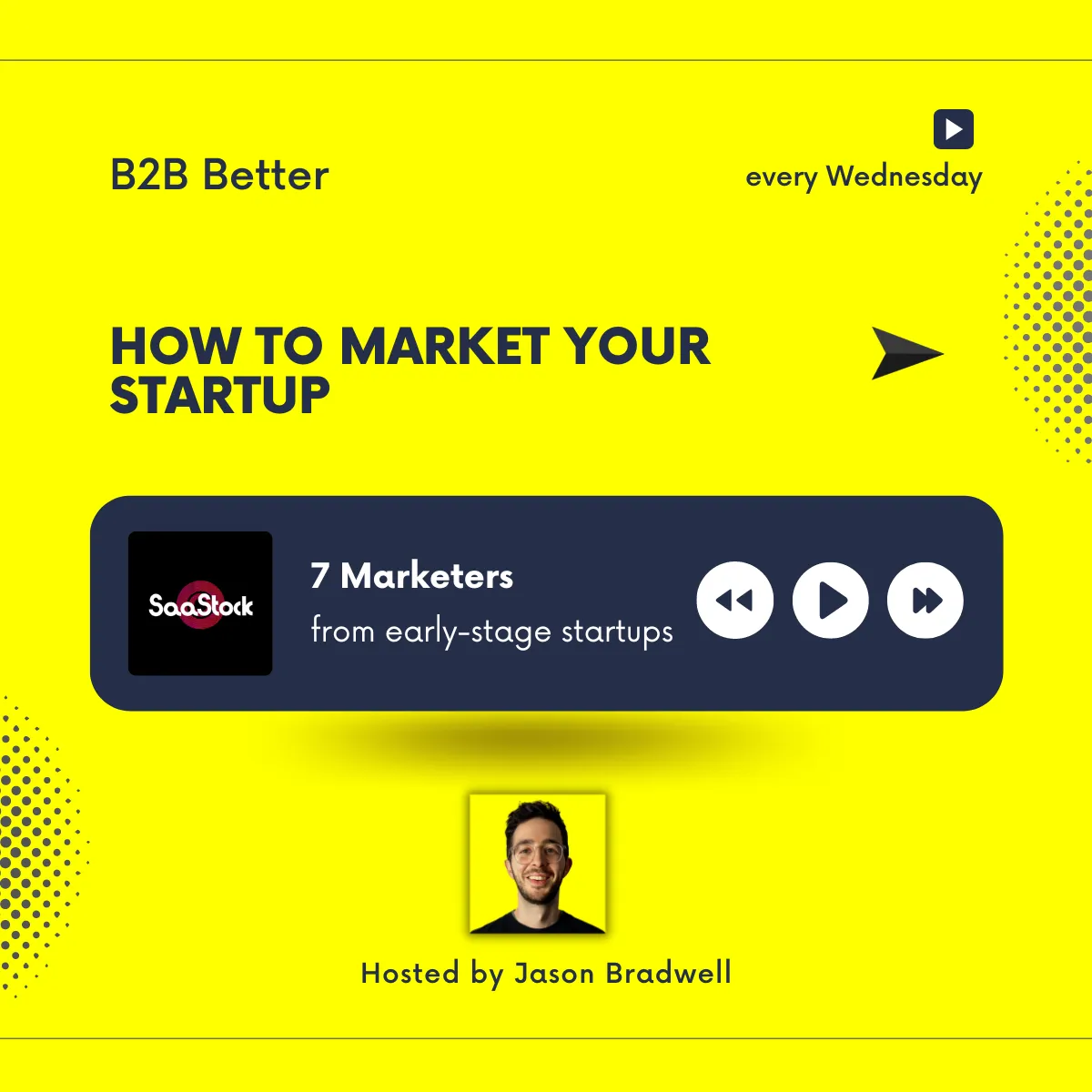Last week, I was trawling through one of the seemingly hundred-plus Slack groups I’ve joined when I came across this question in a #AskMarketing channel:
“We’re seeing a significant drop in ROI on Google Ads and LinkedIn Ads. What’s your approach to increase inbound lead gen in 2023?”
Ah.
The million-dollar question.
And it got me thinking.
If you spend any time following B2B marketers on social media (especially LinkedIn) then it is almost a certainty that you have come across the argument that building a strategy around the collection of marketing-qualified leads (MQLs) is a waste of time.
This is false.
At least in my opinion.
Leads aren’t the problem. It’s what most companies do with those leads that sucks.
I’ve talked about that here.
Reality is that there are thousands of B2B companies serving enterprise clients that drive millions of dollars in revenue running a lead-gen programme that works just fine.
If you can develop:
- High-bar qualification criteria on what defines a lead
- Appropriate nurture sequences across marketing and sales
…then you can build a very successful business off the back of leads in 2023.
It’s the first point I want to tackle in today’s newsletter. How do you qualify a lead?
Let me share my approach – right after this message from our sponsor.

If I hadn’t made it clear already, then let me say it now – there is a LOT of bland B2B marketing out there.
And I get it! Sometimes you just need a little push to start experimenting with a new channel.
Consider this it.
My friends over at Transmission have gifted B2B Bite readers $100 USD worth of LinkedIn Ads credit for free to celebrate Hubbub – a content and creative inspiration portal stuffed full of playbooks, infographics and resources on how to be more effective on LinkedIn.
Just drop in your unique code in Campaign Manager and get testing.
Hit the link below to redeem.
There are three things you want to look out for when qualifying a lead:
- Customer Fit
- Engagement Level
- Demonstrable Intent
Each includes various attributes that can be collected and scored to develop a sense on how qualified a lead is before passing onto sales.
Let’s break these down.
#1. Customer Fit
Does the lead match your ideal customer profile? Do they have the demographic, firmographic and technographic attributes you have identified as being indicative of a good fit client?
These can include:
- Budget
- Industry
- Location
- Seniority
- Job Title
- Segment
- Situational
- Technologies
- Software Used
- Organisation Size
- Organisation Type
These attributes can be captured on acquiring the lead as form fields (ideally not all at once) and usually stay pretty static in the short/medium term.
#2. Engagement Level
Is the lead consuming your content or otherwise interacting with the company across marketing and sales channels? How frequently?
Look out for actions like:
- Sales Emails Opened
- Marketing Emails Opened
- Frequency of Emails Opened
- Web Pages Visited
- Frequency of Web Pages Visited
- Case Studies Downloaded
- Event Sign-Ups Recorded
- Webinars Attended
- CTR on Social Posts
These attributes are captured instance-by-instance (using a tool like Hubspot) and considered dynamic – the total score will change frequently and not every action should be considered equal.
Sophisticated organisations will also factor in a level of “decay” when setting up a lead-scoring model – which deprioritises a lead after a period of inaction – or introducing negative scoring attributes (e.g. customer unsubscribed from mailing list)
#3. Demonstrable Intent
Based on the lead’s activity, how likely are they to be considering a purchase? Are they ready to be handed off to the sales team?
Really this is just a weighting given to the Engagement Level criteria. If a customer is filling out a ‘Talk to Sales’ form or visiting the pricing page on your website a bunch, you can assume the intent is high.
Or, if they predominantly consume TOFU content (blogs, white papers, webinars), then perhaps they need a little more time to ‘declare’ their intent before the lead is handed over to sales for outreach.
This information can be collected across your own channels – e.g. a customer completing a form on your website – but also via third-party platforms like G2 or industry publications.
What Should I Do With All This Information?
You need three things:
- A system to track all of this information (e.g. Hubspot)
- A lead scoring model to qualify leads based on the information
- An appropriate ‘trigger’ that qualifies a lead as being ready to hand over to sales
It’s this last point where most companies trip up and it’s a result of failing to factor in intent data. As long as the customer fit and an engagement threshold are reached, then the assumption is a buyer is ready to talk.
But not all activity is equal.
“Interest” is not the same as “intent”.
If you want to see success in lead gen in 2023, apply a sensible lead-scoring model that raises the bar on what criteria need to be hit to warrant a prospect being handed over to sales.
